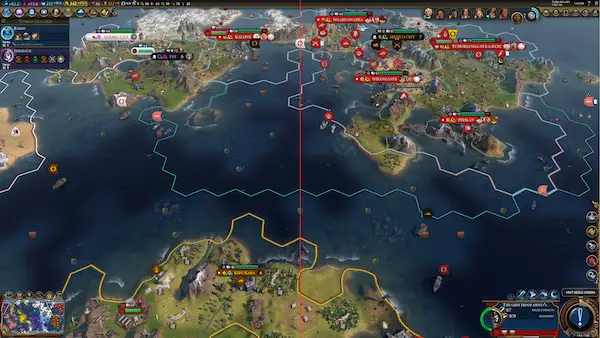Performance and Graphics are two core features when it comes to gaming. Often gamers trade between two at parts of the game to deliver the best experience. Taking a step ahead, Microsoft has announced support of Variable Rate Shading in DirectX 12. It will allow games to improve performance by choosing the visual part of the game where the tradeoff is possible.
DirectX 12 supports VRS

DirectX 12 is going to the first graphics API to offer broad hardware support of VRS or Variable Rate Shading. It makes the rendering of visual 14% faster. It makes it possible for developers to use GPU’s smartly.
What is Variable Rate Shading
Imagine a part of the game at which you are looking. That part is crucial and should deliver maximum detail. Other parts while important have a lower impact on the visual. So when using VRS, developers can choose to render part of the graphics to perform better than others.
Directx 12 uses something called Shaders. It is used to calculate the color of the pixel. If you want better graphics, Shading rate, the, i.e., resolution should be better, which means more GPU.
So when using VRS, instead of the same shading rate, you have a variable. It means the power which was used for GPU can now be used to improve the performance of the game. It will result in increased framerates, and hardware with lower specs can also run better games than before. VRS also gives the developer an opportunity to deliver even better visual quality in games.
How much time will developers need to integrate VRS in games
As per Microsoft, the way VRS is designed, developers need only a few days of dev work to integrate VRS. Using the VRS API, the developers can set the shading rate in 3 different ways:
- Per draw
- Within a draw by using a screenspace image
- Or within a draw, per primitive
VRS supports two flavors of hardware. Tier 1 supports per-draw while Tier 2 hardware supports both per-draw and within-draw variable rate shading. Microsoft Dev Blog claims that developers don’t have to choose them manually. Combiners features allow developers to combine per-draw, screenspace image and per-primitive VRS at the same time.
VRS Hardware Support
As of now it supports in-market NVIDIA hardware and on future Intel hardware. Intel is experimenting on Gen 11 hardware prototype. As we see more hardware rolling out VRS enabled device, it will be more comfortable for developers to improve their gaming performance in the future.
Read more about it in the official announcement.
Leave a Reply